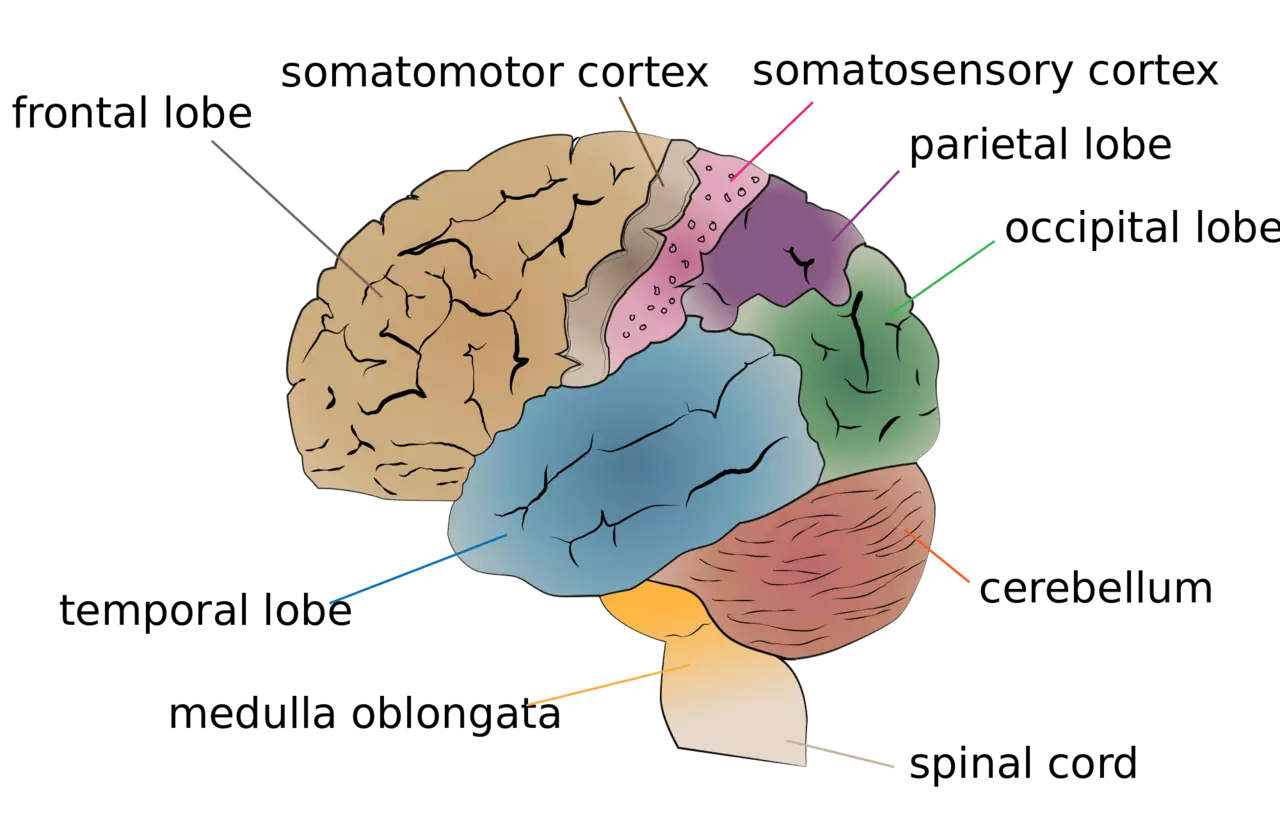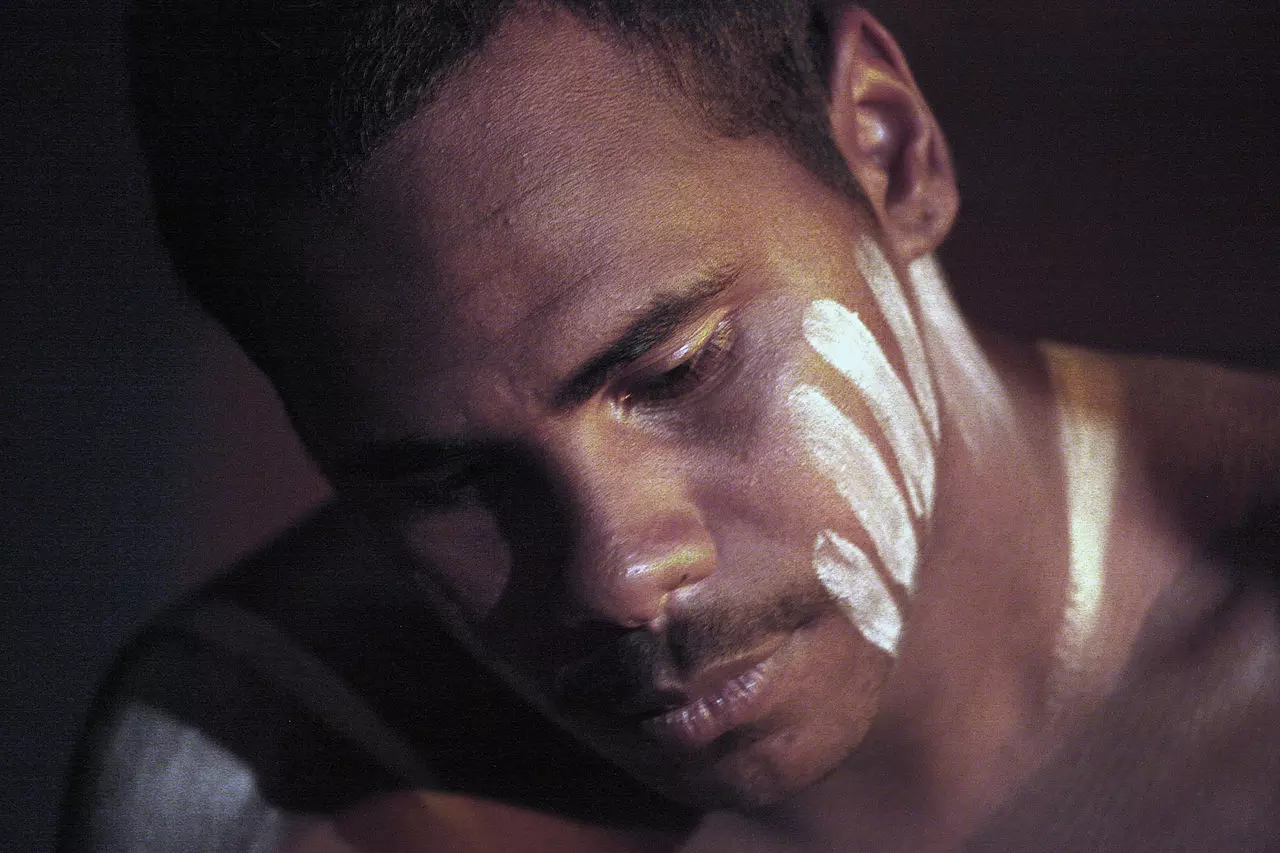Comments
- No comments found

Indigenous and aboriginal peoples have experienced at least one form of major discrimination.
Substance abuse, depression and suicide represent the areas of greatest need with regard to the mental health of indigenous peoples.
In many countries around the world, there is a mental health lead for those belonging to the dominant or choice groups — by ethnicity, class, politics and so on. An effect of this is not that others don’t cope or survive, but the psychological capital spent dealing with seeming behind or unaccepted leaves them vulnerable, and makes it harder to ladder up.
There are places where a certain group is easily defined by their troubles just because they are not of choice. There are prison populations and crackdown activities heightened for certain groups in line with their diminutive choiceness.
For people who are part of this, the indigenous, aboriginals, enslaved descendants, migrants, oppressed women and so on, there is a mental health loop they often have to deal with. There are some for whom it becomes too much, and worse scenarios ensue. Within those groups or from others however, mental care for this purpose remains dismal.
Mental health is hoisted around, but what does it mean to see someone and it triggers panic? How does the thought, following a comment from someone in another group result in dejection?

It is possible to answer by saying cognitive distortion, or assume the individual requires a broad counseling to reframe that, or to describe it with some hard science brain process that may not just be unhelpful, but confusing and to some comical.
This void makes it important to understand — at least by common knowledge, how thoughts emerge in the brain, and how they transport, to picture what the words or sight of that person is doing: it could be an automatic thought process; to then empower controlled thought: blocking it from going further or lingering.
Knowing how thoughts relay in the brain is not the cure, the same way waiting for a delivery and tracking its location is not the pizza, but it at least helps to measure, remove from the unknown and prepare.
Humans have senses or doorways to the brain. When sensory inputs come in, they get integrated — somewhere known as the thalamus. Smell is integrated at the olfactory bulb.
Integration can be described as convergence, or multi into mono, or differences into sameness or equality. It is this integrated unit that gets relayed.

What the brain does for senses is that it takes hearing, seeing, taste and so on, and makes them into a similar unit, which gets relayed for interpretation. At that point, smell is not the same thing anymore, but a converged version, the same for touch and others.
Interpretation includes knowing, feeling effects and reaction. So when a word is heard or a sign is seen, the sense is integrated, so the version of what is external to the brain is what goes to the memory, to be stored, known and used for thinking.
More directly, it is proposed that thoughts are the uniform unit of sensory integration: then relayed to locations including for memory stores, groups, centers for feeling effects and reaction.
It is thought and the memory that makes determination for everything mental health. It is this brain-wide construct of brain cells and molecules — or chemicals that is important to be displayed, to improve understanding of what is within.

Thought relays to memory stations are the future of mental health transparency across groups.
Despite the need for mental health care in indigenous communities, very few who need treatment access it with a proper treatment in a culturally, spiritually, and traditionally appropriate manner.
Cultural psychiatry can contribute to rethinking mental health services and health promotion for indigenous populations and communities.
Leave your comments
Post comment as a guest